Jewelry a Top Performer in ‘Stalled’ Luxury Market, Says Bain & Co.
Its recent report dives into the current dilemma facing luxury brands.

The global luxury market had a record-breaking performance in 2023 in spite of geopolitical and economic issues, reaching more than €1.5 trillion ($1.6 trillion) in sales.
The growth was spurred by the resurgence of luxury travel as well as a strong U.S. holiday season in Q4.
However, macroeconomic pressures have led to a slowdown across most regions in the first quarter of 2024, said the study.
The “stalled” luxury goods market is facing a dilemma of catering to its big spenders versus reaching new audiences, it said.
Here are a few key insights from the study, including how jewelry is performing and what retailers should do to combat the slowdown.
Jewelry is a top performer, alongside other small luxuries.
Jewelry was a standout, said the study, with shoppers making investment-led purchase decisions.
Sales growth in the category outpaced watches, with strength seen in both entry-level jewelry as well as the most high-end pieces.
Aspirational shoppers are spending on “small indulgences,” including makeup, fragrances, and eyewear.
At the same time, growth in apparel has outpaced accessories, with the shoe category losing favor among aspirational shoppers.
“A dual strategy, framed around the allure of top-tier clientele and the appeal of smaller luxury indulgences, is driving growth at both ends of the price spectrum,” said report co-author Federica Levato, partner at Bain & Company and leader of the firm’s EMEA Luxury Goods and Fashion practice.
“But now is not the time for brands to rest on their laurels. As brands continue to face turbulence in the market, the winners will be those that rethink the way they craft and deliver their value propositions across multiple price points and touchpoints, growing their reach while building advocacy and loyalty among their customers.”
The report suggested that brands “invest in growth enablers, defend core business elements, maintain agility in decision-making, and optimize stock management to ensure efficiency and responsiveness to market demand.”
The goods versus services battle continues.
The report highlighted the trend of shoppers preferring experiences over physical goods.
Growing demand for immersive experiences and a recovering tourism industry are driving this growth, said the study.
It noted steady growth in spending on hospitality, gourmet food, and fine dining.
As for travel, shoppers are becoming more interested in “smaller, intimate” luxury cruises rather than the traditional cruise experience, as well as in private jets and yachts.
There is a slowdown in the fine arts auction market due to artwork shortages and economic uncertainty, the report said.
Gen Z is falling behind while Gen X and baby boomers spend on luxury goods.
Brands are having to adopt a “dichotomous customer strategy” due to the difference in spending ability among generations, said the report.
“Facing rising unemployment levels and weakening future outlooks, younger generations are delaying spending on luxury goods,” said the report.
In contrast, Gen X and baby boomer shoppers have accrued wealth over time, spending more and capturing the attention of high-end brands.
“Many brands are taking a dichotomous approach, focusing on top clients, with an emphasis on large-scale one-to-many events, while investing to expand their reach by engaging in conversations in new territories, including sports,” said the report.
Sporting events have long been a branding opportunity for luxury goods, with the 2024 Summer Olympics in Paris expected to be no different.
These events provide a platform for reaching new audiences as well as reaching out to existing customers in a new way.
Recently, brands have expanded into new sports, including racing, football, and padel, which is described as a mix between tennis and squash.
Luxury brands need to rethink value.
The personal luxury goods market saw a slight decline in Q1 of 2024.
The key to holding onto stable growth will be how luxury brands handle rising prices and balance the price-value equation for consumers.
“As a narrative of resurgence and resilience emerges, luxury brands must rethink the way they build their value proposition to prioritize trust and connection with consumers,” said study lead author Claudia D’Arpizio, a Bain & Company partner and head of the company’s global Luxury Goods and Fashion practice.
“Many are navigating a momentary crisis, driven by macroeconomic pressures and a polarized customer base. This presents a unique moment to define a new way forward for their brands, fostering a more personal connection with their customers. Purpose and love will be the North Star for brands that thrive in this increasingly competitive market landscape.”
Wealthy shoppers are feeling “luxury shame.”
The luxury market in China is facing two issues: the return of outbound tourism and a weakening local demand due to economic uncertainties.
These economic issues are hurting middle-class consumer confidence, leading to what is known as “luxury shame.”
Similar to the “quiet luxury” trend, well-to-do shoppers are opting out of overly flashy, label-heavy goods in times of economic turmoil.
The report noted the U.S. experienced something similar during the 2008-2009 financial crisis.
The U.S. is also facing continued macroeconomic pressures, noted the report, in spite of signs of gradual improvement in GDP and consumer confidence.
Europe and Japan saw “notable resilience” said the report, noting an influx of tourists in the first quarter of 2024.
The Latest
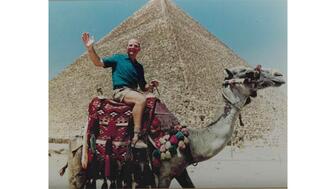
Said to be the first to write a jewelry sales manual for the industry, Zell is remembered for his zest for life.

The company outfitted the Polaris Dawn spaceflight crew with watches that will later be auctioned off to benefit St. Jude’s.

A buyer paid more than $100,000 for the gemstone known as “Little Willie,” setting a new auction record for a Scottish freshwater pearl.

Supplier Spotlight Sponsored by GIA.
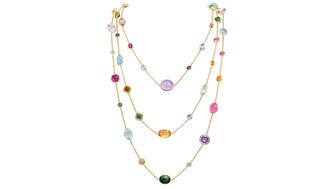
Anita Gumuchian created the 18-karat yellow gold necklace using 189 carats of colored gemstones she spent the last 40 years collecting.

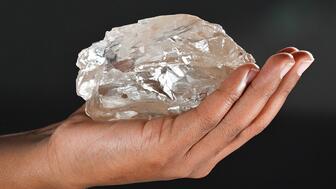
The giant gem came from Karowe, the same mine that yielded the 1,109-carat Lesedi La Rona and the 1,758-carat Sewelô diamond.
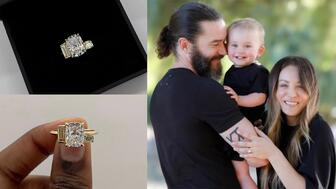
The three-stone ring was designed by Shahla Karimi Jewelry and represents Cuoco, her fiancé Tom Pelphrey, and their child.

Supplier Spotlight Sponsored by GIA
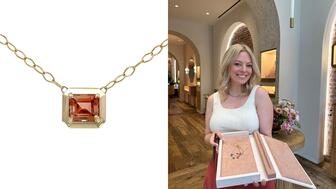
The Manhattan jewelry store has partnered with Xarissa B. of Jewel Boxing on a necklace capsule collection.
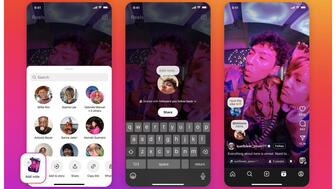
Acting as temporary virtual Post-it notes, Notes are designed to help strengthen mutual connections, not reach new audiences.
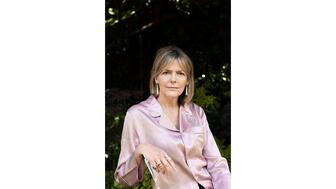
The jewelry historian discusses the history and cultural significance of jewelry throughout time and across the globe.
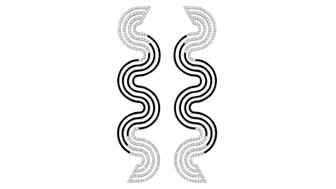
From fringe and tassels to pieces that give the illusion they are in motion, jewelry with movement is trending.

The designer and maker found community around her Philadelphia studio and creative inspiration on the sidewalks below it.

The change to accepted payment methods for Google Ads might seem like an irritation but actually is an opportunity, Emmanuel Raheb writes.

The industry consultant’s new book focuses on what she learned as an athlete recovering from a broken back.
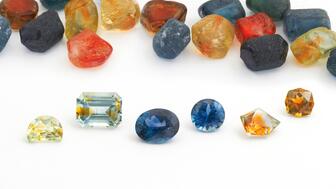
The fair will take place on the West Coast for the first time, hosted by Altana Fine Jewelry in Oakland, California.

Hillelson is a second-generation diamantaire and CEO of Owl Financial Group.
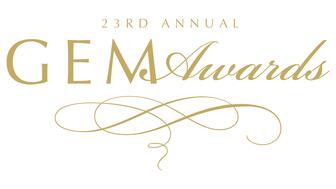
Submissions in the categories of Jewelry Design, Media Excellence, and Retail Excellence will be accepted through this Friday, Aug. 23.
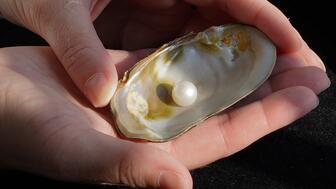
Known as “Little Willie,” it’s the largest freshwater pearl found in recent history in Scotland and is notable for its shape and color.
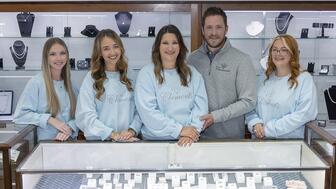
Clements Jewelers in Madisonville cited competition from larger retailers and online sellers as the driving factor.
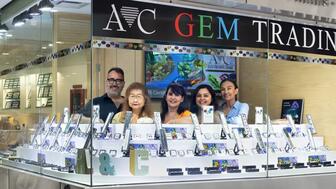
The gemstone company is moving to the Ross Metal Exchange in New York City’s Diamond District.

Most of the 18th century royal jewelry taken from the Green Vault Museum in Dresden, Germany, in 2019 went back on display this week.

The Pittsburgh jeweler has opened a store in the nearby Nemacolin resort.
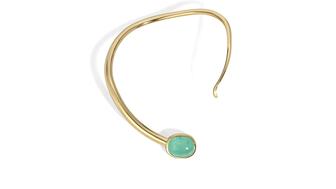
With a 40-carat cabochon emerald, this necklace is as powerful and elegant as a cat.

The Erlanger, Kentucky-based company was recognized for its reliability when it comes to repairs and fast turnaround times.

Unable to pay its debts, the ruby and sapphire miner is looking to restructure and become a “competitive and attractive” company.
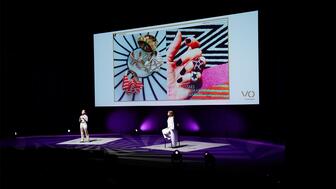
The trend forecaster’s latest guide has intel on upcoming trends in the jewelry market.






















